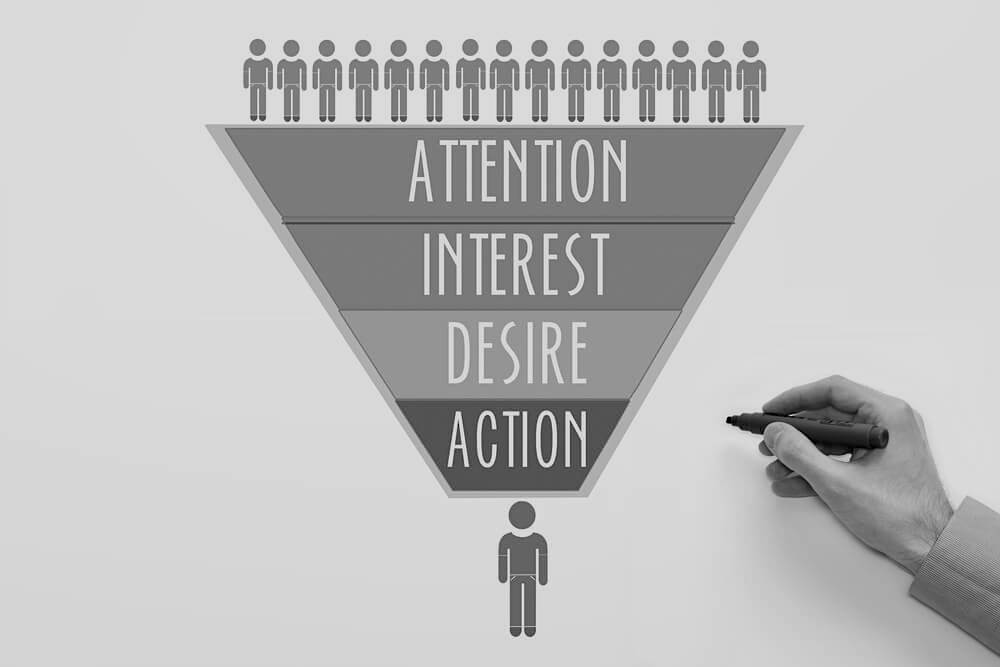

If you’re trying to give people a real reason to care about your message, one of these methods may do the trick: Once you’ve captured attention with your subject line, you need to hook readers on your body content by drafting an engaging opening paragraph. Most email carriers give you only 50 characters to work with, so make them count.

No matter which psychological strategy you use, be sure to keep your subject lines concise. Don’t be afraid to highlight your offers right off the bat. Contrary to popular belief, subject lines that have flashy keywords like “free” or “promo” won’t automatically trigger spam filters. Tease your email recipients with a quirky question or allude to an intriguing story within your subject line. If possible, drop a personalization token into you subject line and see how it performs. Research from Statista found that the open rate for emails with a personalized message was 17.6%, compared to 11.4% without personalization.

Cater your copy to your audience’s interests, whether that’s their industry, geographic location, current events, or shopping habits. Make sure your subject line actually promotes something relevant to the recipient. Words like “urgent,” “breaking,” “important,” and “alert” are great choices if you’re looking to boost open rates. People hate missing out on anything, whether that’s a sale, event, or product. That’s why nailing the subject line is so important, because really, what’s the point in sending emails if people don’t even open them? To grab attention and spark engagement, consider using one of these psychological pulls within your subject lines:

What’s the first thing people notice when they see an email? The subject line, of course! This little bit of text plays probably the biggest role in gauging your email campaign’s success, especially since 47% of email recipients open email based on the subject line alone. Each of the four steps matches a different email element, as we’ll explore below. When it comes to creating an effective email copy, the AIDA formula works well as a writing template. The AIDA model may be 120 years old, but it’s definitely not outdated. Finally, consumers take action, whether that’s buying a product, subscribing to a service, or any other end goal. Then, based on the benefits of what’s been presented to them, consumers develop a desire for the product or service being offered. In theory, marketers first need to attract attention to a particular message and make it enticing enough to hold consumers’ interest. The AIDA acronym stands for attention, interest, desire, and action. What the heck does that mean? Let’s break it down. Since then, marketers have adopted the model to describe the logical four-step process of consumer involvement with a marketing message. Elmo Lewis created the original AIDA funnel to demonstrate how salespeople should guide customers through a purchase decision. What’s the AIDA Model?īack in 1898, American advertiser Elias St. And one tool, in particular, is helping marketers write better email content along the way: the AIDA model. More marketers are choosing to send fewer emails that are better tailored to each recipient, depending on where they are in the buyer’s journey. To match this growing sentiment, modern email marketing is quickly adopting the “quality over quantity” approach. Why does this matter? Well, people still see emails as valuable sources of information, but they don’t want to be bogged down by a constant deluge of irrelevant messages. According to a HubSpot survey, when asked what types of content they’d like to see from brands, 63% of consumers over age 45 said they want more emails, compared to only 31% of Millennials.


 0 kommentar(er)
0 kommentar(er)
